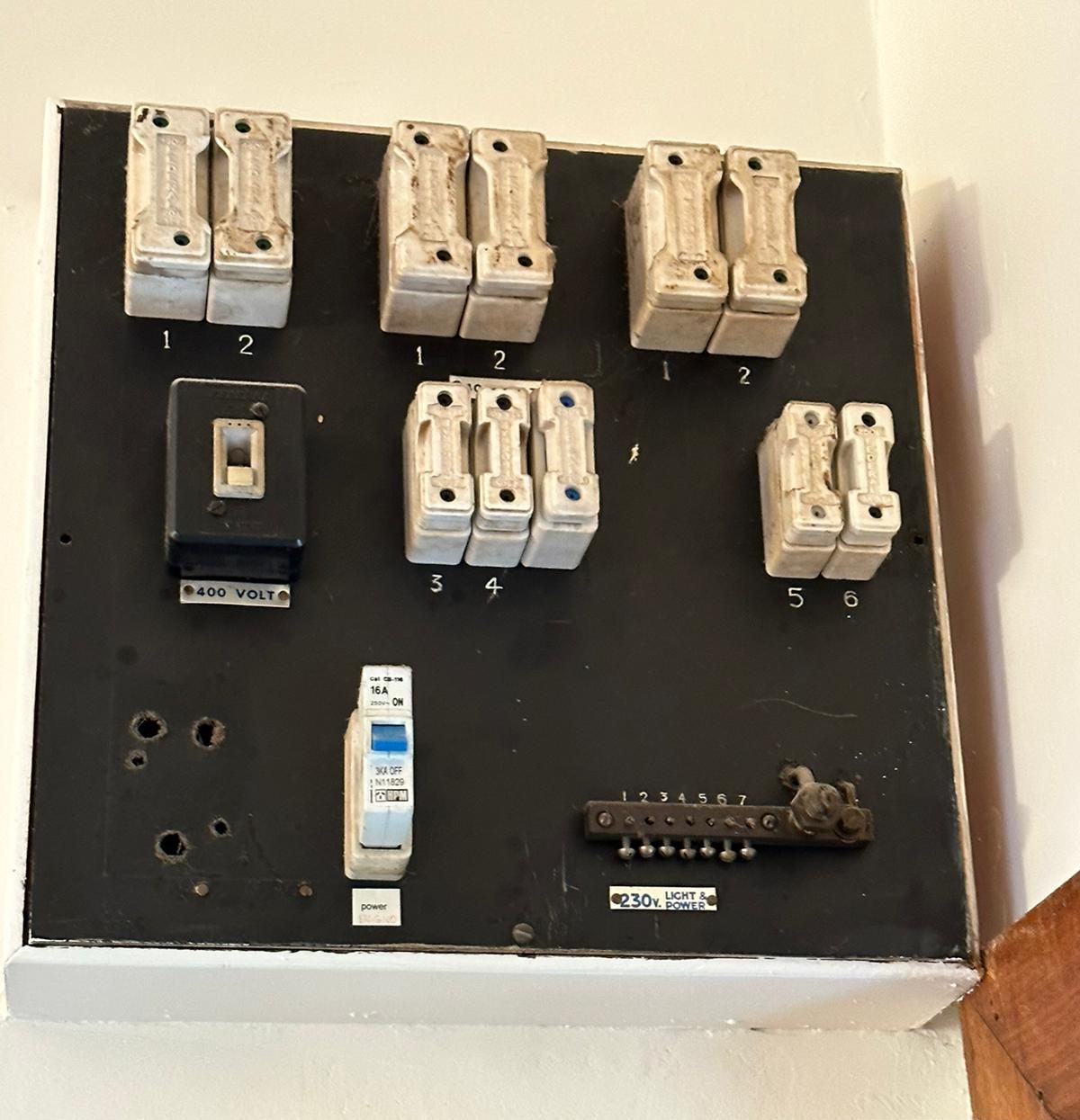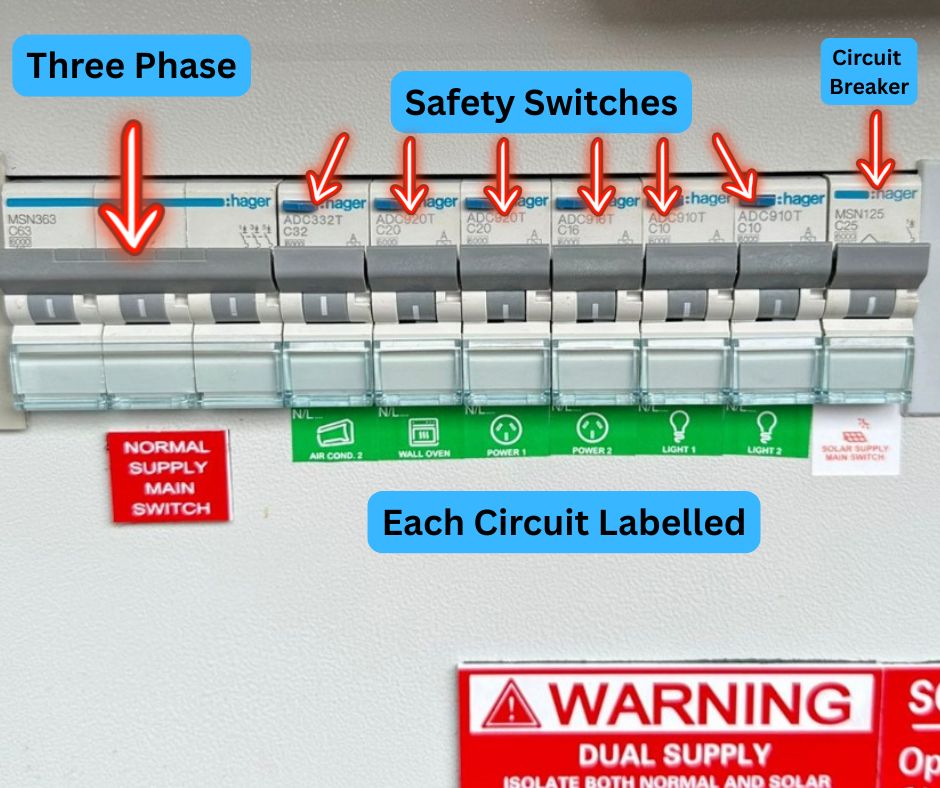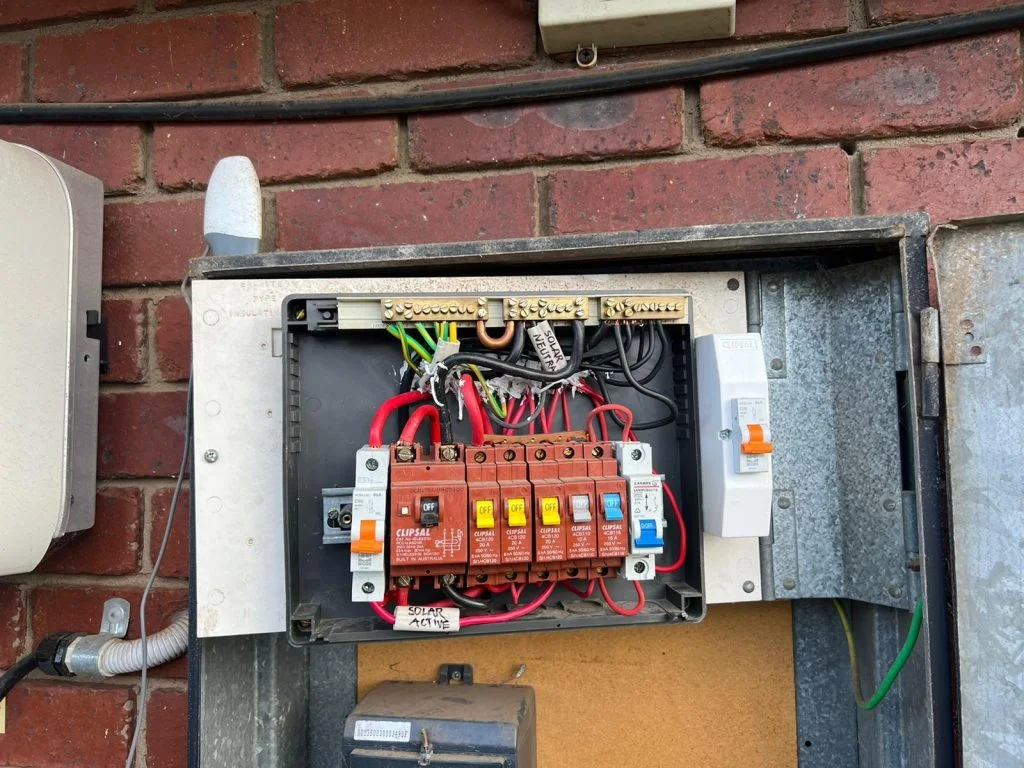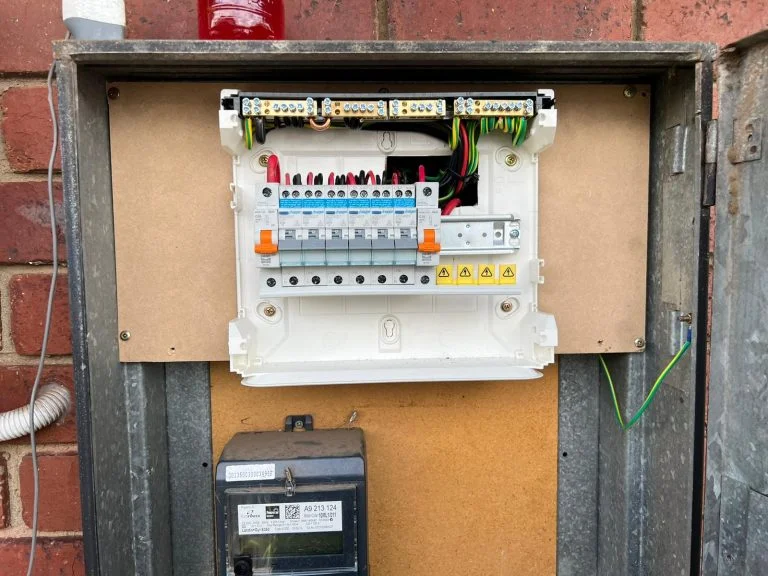Understanding the Critical Importance of Safety Switches in Home Protection
Without safety switches, which are also referred to as RCDs or Residual Current Devices, your home is left vulnerable, lacking an automatic safety mechanism that protects against electric shock. In the case of an electrical malfunction, the power may not turn off fast enough, putting you in danger of severe injuries or catastrophic fires. In Victoria, it has become a legal necessity to have safety switches installed for all final circuits within residential properties, enhancing safety and helping to prevent accidents.
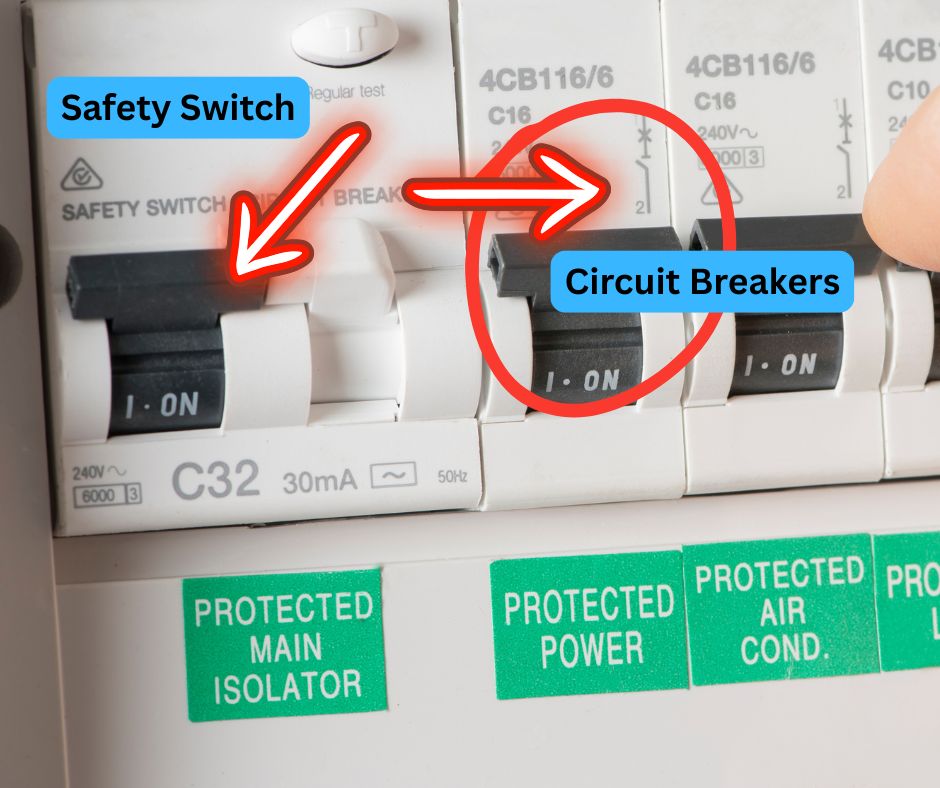
Delving into How Switchboards Function and the Essential Role of Safety Switches
Safety switches are vital elements within your home’s electrical system. If your switchboard is missing these crucial protective devices, you are significantly jeopardising your safety. This issue is particularly concerning in older homes located in areas such as Footscray, Braybrook, and Yarraville, where numerous long-time residents have not updated their electrical systems for many years. Although older fuse boxes equipped with ceramic fuses, cotton-wrapped wiring, or basic breakers may still be operational, they do not offer sufficient protection against electric shock or other potential electrical hazards that could threaten you and your family.
Recognising the dangers associated with outdated electrical systems is crucial to ensuring the safety of your household.
1. What Exactly Is a Safety Switch and How Does It Work?
A safety switch, widely recognised as a Residual Current Device (RCD), constantly monitors the flow of electricity in real-time. If it detects a current leak—such as one caused by a damaged wire or an individual inadvertently coming into contact with the electrical current—it will disconnect the power within milliseconds. This swift action is what makes safety switches indispensable for preventing severe accidents. Unlike traditional fuses and breakers that trip due to overcurrent, safety switches activate in response to dangerous situations, ensuring your safety and peace of mind.
2. How to Quickly Check for Safety Switches in Your Home
To ascertain whether your switchboard is fitted with safety switches, you should open the panel and search for specific indicators, such as:
- Labels that clearly state “Safety Switch”
- Labels indicating “RCD”
- A TEST button located on the circuit breaker
If you cannot locate a test button on any of your breakers, or if your switchboard still has ceramic fuses, this suggests that you do not have RCD protection installed in your home. This critical information is detailed further in our comprehensive Switchboard Upgrade Services.
3. What Are the Risks of Not Having Safety Switches Installed?
Increased Danger of Severe Electric Shock
If your home is missing a RCD, the level of danger escalates dramatically. If a live wire comes into contact with an individual or a conductive surface, the electrical current remains active. This situation is extremely hazardous, as neither the fuse nor the breaker will trip quickly enough to prevent a serious electric shock, creating a potentially life-threatening scenario.
Inadequate Protection Against Appliance Failures
When appliances, such as a faulty toaster or washing machine, begin to leak current, they can energise nearby metal surfaces, leading to substantial injury. Fortunately, RCDs are specifically designed to promptly detect these dangerous faults, providing essential protection and possibly saving lives.
Non-Compliance with Current Safety Regulations
All homes constructed or renovated after 1991 in Victoria are legally required to have safety switches fitted on power circuits. As of 2007, this requirement extends to include lighting circuits as well. For exhaustive guidelines, please refer to the documentation provided by Energy Safe Victoria.
4. How to Identify Signs That Your Switchboard Is Outdated and Unsafe
- Lack of “TEST” buttons on breakers
- Presence of outdated ceramic fuses
- Power outlets producing buzzing sounds or feeling warm to the touch
- Only a single circuit serving the entire household
- Inadequate space for adding additional breakers
- Frequent flickering lights or tripping circuits when multiple appliances are used
If you observe any of these concerning signs, we highly recommend visiting our switchboard service page. Our expertly trained team can conduct a thorough inspection of your switchboard and provide you with a detailed quote right on the spot.
5. Our Comprehensive Process for Upgrading Your Switchboard
During our thorough upgrade process, we will:
- Conduct a meticulous inspection of your current switchboard and electrical circuits
- Remove any outdated ceramic fuses or breakers
- Install advanced RCBOs that integrate both circuit breaker and safety switch functionalities
- Label every circuit clearly for straightforward identification and access
- Issue a Certificate of Electrical Safety upon the successful completion of the upgrade
- Coordinate any necessary temporary power shutdowns to ensure safety throughout the process
Additionally, we can strategically separate lighting and power across different circuits, significantly enhancing both the safety and performance of your home’s electrical system.
6. Do You Need to Fully Replace Your Switchboard?
In most scenarios, the answer is yes. Simply adding safety switches to an older switchboard is not always the safest or most effective solution. We often recommend a complete switchboard replacement if:
- You are still utilising rewireable fuses
- Visible signs of overheating or corrosion are evident
- You plan to add more circuits or electrical appliances
- Your insurance provider mandates a compliant switchboard for coverage
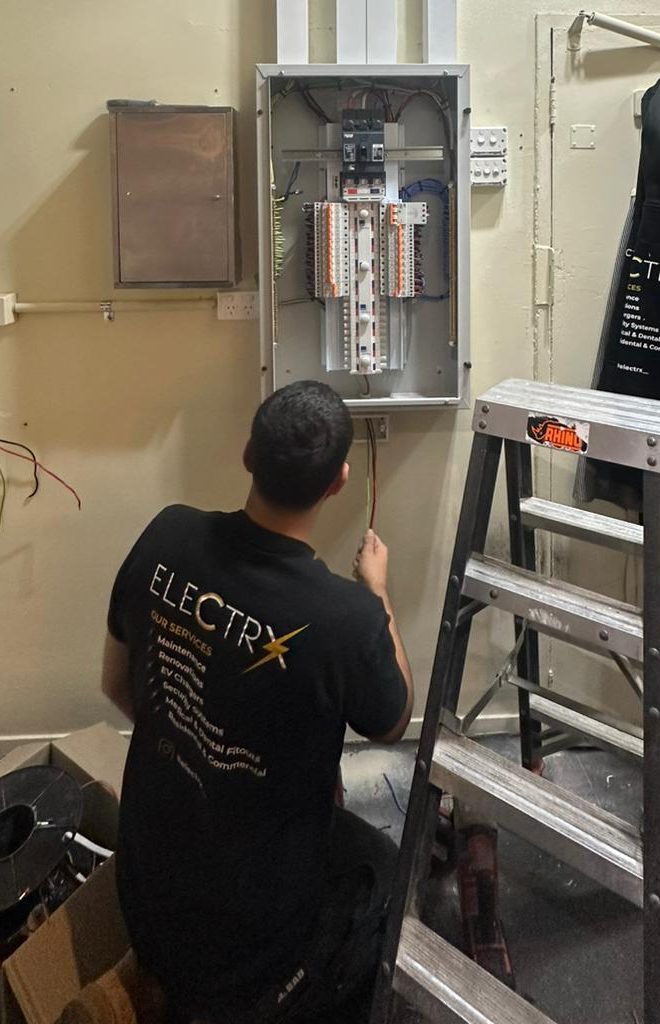
Common Questions and Answers About Safety Switches
Are safety switches a legal requirement?
Yes, safety switches are legally mandated for all newly constructed homes and during major renovations. Older homes must have these devices installed whenever significant electrical work is undertaken.
How frequently should safety switches be tested to ensure proper operation?
It is recommended to test safety switches every three months. Simply press the TEST button to verify that it trips as expected. If it does not trip, this indicates a malfunction, and you should arrange for a replacement without delay.
Can I keep my old fuse box and just add one RCD?
While it is technically feasible to do this, it is seldom recommended. Older fuse boards are not designed to accommodate the demands of contemporary electrical circuits.
Will my power supply be temporarily interrupted during the upgrade?
Yes, there will be a temporary interruption in your power supply. However, we will make every effort to minimise downtime and will coordinate with your energy distributor to ensure a smooth transition.
Enhance Your Safety and Compliance by Upgrading Your Switchboard Today
Operating your home without safety switches means exposing yourself to considerable risks stemming from electrical faults. A single electrical fault could result in severe electric shock, fire hazards, or even more dire consequences.
We specialise in efficiently upgrading your switchboard, ensuring it complies with all safety standards and is fully certified, so your home meets modern safety regulations and avoids outdated practices.
Discover more about our Switchboard Upgrade Services in Melbourne for additional information.
No Safety Switches on Your Switchboard? Here’s Why That’s Not Safe
The Article: Safety Switches on Your Switchboard: Why They’re Essential first appeared on https://writebuff.com
The Article Essential Safety Switches for Your Switchboard Was Found On https://limitsofstrategy.com

